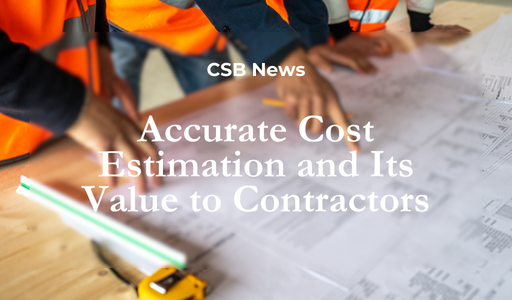In the construction industry, contractors are constantly juggling multiple projects, tight deadlines, and unforeseen challenges. One tool that can significantly aid in managing these complexities is fade analysis.
Fade analysis is a project management technique used to track the performance of a project over time. It involves comparing the initial profit margin of a project to the actual profit margin as the project progresses. The difference between these two margins is known as the ‘fade’. A positive fade indicates an increase in profit margin, while a negative fade signifies a decrease.
Why is Fade Analysis Important?
Profitability Tracking
Fade analysis allows contractors to monitor the profitability of their projects in real-time. By comparing the initial and current profit margins, contractors can identify if a project is on track to meet its financial goals or if it’s ‘fading’ and needs intervention.
Risk Management
Fade analysis can serve as an early warning system for potential issues. A negative fade might indicate problems such as cost overruns, delays, or scope creep, allowing contractors to address these issues before they escalate.
Performance Evaluation
Fade analysis can also be used to evaluate the performance of project teams. If a particular team consistently delivers projects with positive fades, it might indicate effective management and execution. Conversely, a team with negative fades might need additional training or resources.
Strategic Decision Making
By providing a clear picture of project performance, fade analysis can inform strategic decisions. For example, if a contractor notices a pattern of negative fades in a particular type of project, they might choose to bid more cautiously on similar projects in the future.
What Causes Negative Fade?
Negative fade is often attributable to the following issues:
- Incomplete or optimistic cost estimates
- Supplier or subcontractor performance issues
- Inadequate field supervision, resources or training
- Adverse weather conditions
Project management can mitigate diminished profit by regularly monitoring its job costing system and improving job costing processes to enable more accurate cost estimations.
Fade analysis is a powerful tool which provides real-time insights into project performance. Routine monitoring of construction projects provides contractors the ability to make more informed decisions and improve cost estimation ability. As such, contractors should prioritize fade analysis as an integral part of their quality control and risk management strategies.

Kirsten Sokom
Principal
Audit services for construction, manufacturing, and distribution companies; engagement quality control and best practices.



